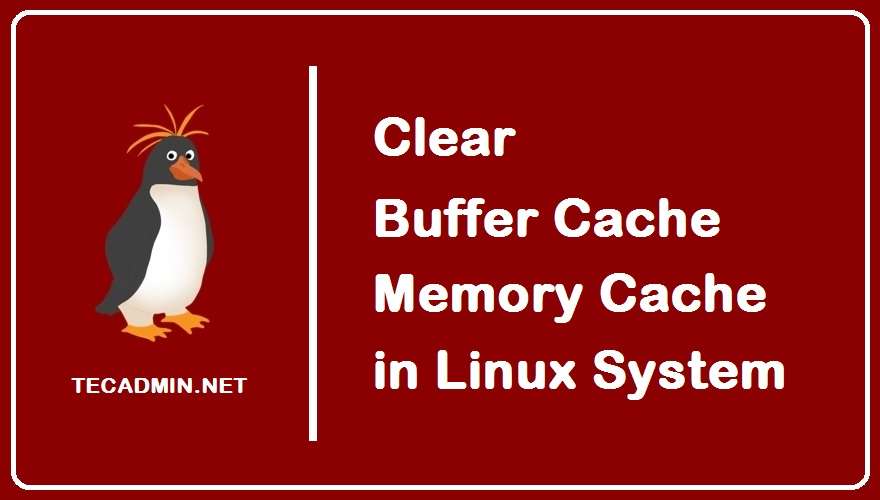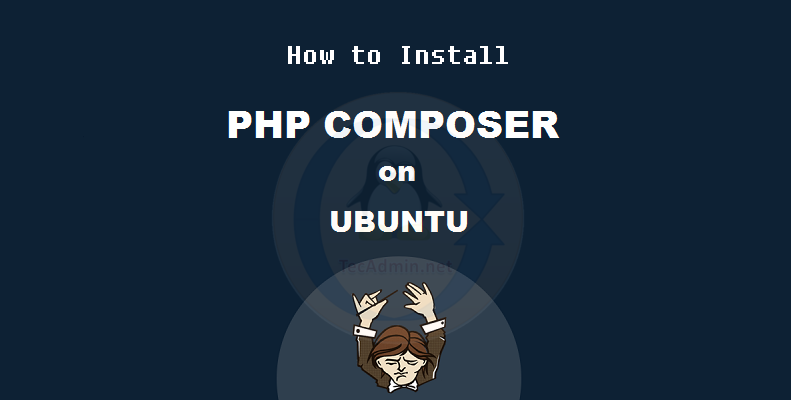VMware Player is used for creating virtual machines on any desktop systems. If you are an windows user and learning Linux, It can be much useful for you. Using vmware you can easily create a guest machine within few minutes and start working. After completing your work you can simply delete it. Step 1: Download VMware bundle File First go to vmware download page and download latest available version in bundle file. You can also use below url to download it. # cd /opt # https://download3.vmware.com/software/player/file/VMware-Player-7.1.2-2780323.x86_64.bundle Step 2: Install VMware Player After downloading vmware bundle file, install it using following…
Author: Rahul
The log file plays an important role during the troubleshooting of any application. It’s also useful to find about details about of running application. This article you will show you to how to enable different types of logs in MySQL server. Also, you will understand how to change log file locations in MySQL server. There are mainly 3 types of log files in MySQL as followings: Error Log – This contains all the information about errors generated by MySQL server. This helps debugging of any issue occurred with MySQL service or database General Log – This contains all the general…
Subversion is an product of Apache Software Foundation. It is open-source revision control system, which is designed to be a replacement for CVS. This article will help you install and configure SVN Server on Ubuntu & LinuxMint operating system. 1. Install Required Packages First install required packages for Subversion server on your system. $ sudo apt-get update $ sudo apt-get install subversion subversion-tools libapache2-svn 2. Configure Apache Module Now enable Dav svn module in Apache2 server using following command. $ sudo a2enmod dav_svn Now create main svn directory on your svn server. $ sudo mkdir /var/svn Lets edit Apache dav_svn…
Python is a powerful programming language. It is very friendly and easy to learn. At the writing time of this article Python 3.8 latest stable version is available to download and install. This article will help you to install Python 3.8.12 on your CentOS, Red Hat & Fedora operating systems. Step 1 – Install Required Packages Use the following command to install prerequisites for Python before installing it. sudo yum install gcc openssl-devel bzip2-devel libffi-devel zlib-devel Step 2 – Download Python 3.8 Download Python using following command from python official site. You can also download the latest version in place…
At the writing time of this article Python 3.7.17 latest stable version of 3.7 series is available to install. This article will help you to install Python3.7.17 on Ubuntu and LinuxMint operating system. You can visit here to read more about Python releases. Prerequisites It is an good practice to keep packages up to date. So, first of all upgrade current packages on your system by running following commands. sudo apt update && sudo apt upgrade Then, Use the following command to install prerequisites for Python before installing it. sudo apt-get install wget build-essential checkinstall sudo apt-get install libreadline-gplv2-dev libncursesw5-dev…
MySQL is a Relational Database Management System, widely used as a database system for Linux systems. This article will help you to calculate the size of tables and database in MySQL or MariaDB servers though SQL queries. MySQL stored all the information related to tables in a database in the information_schema database. We will use the information_schema table to find tables and databases size. Check Single Database Size in MySQL This query will calculate the size of the single database in MySQL server. Please change ‘mydb’ with your actual database name. SELECT table_schema “Database Name”, SUM( data_length + index_length)/1024/1024 “Database…
In the world of Linux, efficient system performance is a key objective for administrators and users alike. A critical aspect of maintaining this performance is managing the system’s cached memory and buffer cache. These components are designed to store frequently accessed data and instructions, reducing the time it takes to access them from disk. However, over time, the cache can accumulate data that is no longer needed, potentially leading to reduced system efficiency and performance issues. This guide provides instructions on how to clear the RAM memory cache on Linux/Unix systems using command-line methods. How to Clear RAM Cache in…
The PHP Composer is a package management tool for PHP similar to NPM for Nodejs and bundle for Ruby. Using the composer tool we can define required libraries for our project and install it with the composer in the single command. We don’t need to search for each library to install. This tutorial helps you to install and configure PHP composer on Ubuntu 19.10, Ubuntu 18.04 LTS, and Ubuntu 16.04 LTS systems. 1. Prerequisites Shell access to a running Ubuntu system with sudo privilege. PHP must be installed and configured, version 5.3 or higher. 2. Install Composer on Ubuntu To…
When a system runs out of memory, the operating system will begin to swap or page out memory pages to persistent storage such as a disk drive. This is because virtual memory is faster than physical memory and it’s cheaper to store data on disk rather than RAM. When you have more free disk space, you can add additional swap space so your OS has an additional location to store temporary data when necessary. If your server does not have enough physical memory for all the processes that need it, some of them may be forced to use virtual memory…
Swap is very useful for that system which required more RAM that physical available. If memory is full and system required more RAM to run applications properly it check for swap space and transfer files there. In general terms, swap is a part of the hard disk used as RAM on the system. I have a virtual machine running which don’t have swap on it. Many times services got crashed due to insufficient memory. In this situation creation of Swap file is better to keep them up. This article will help you to create a swap file on Linux system…


